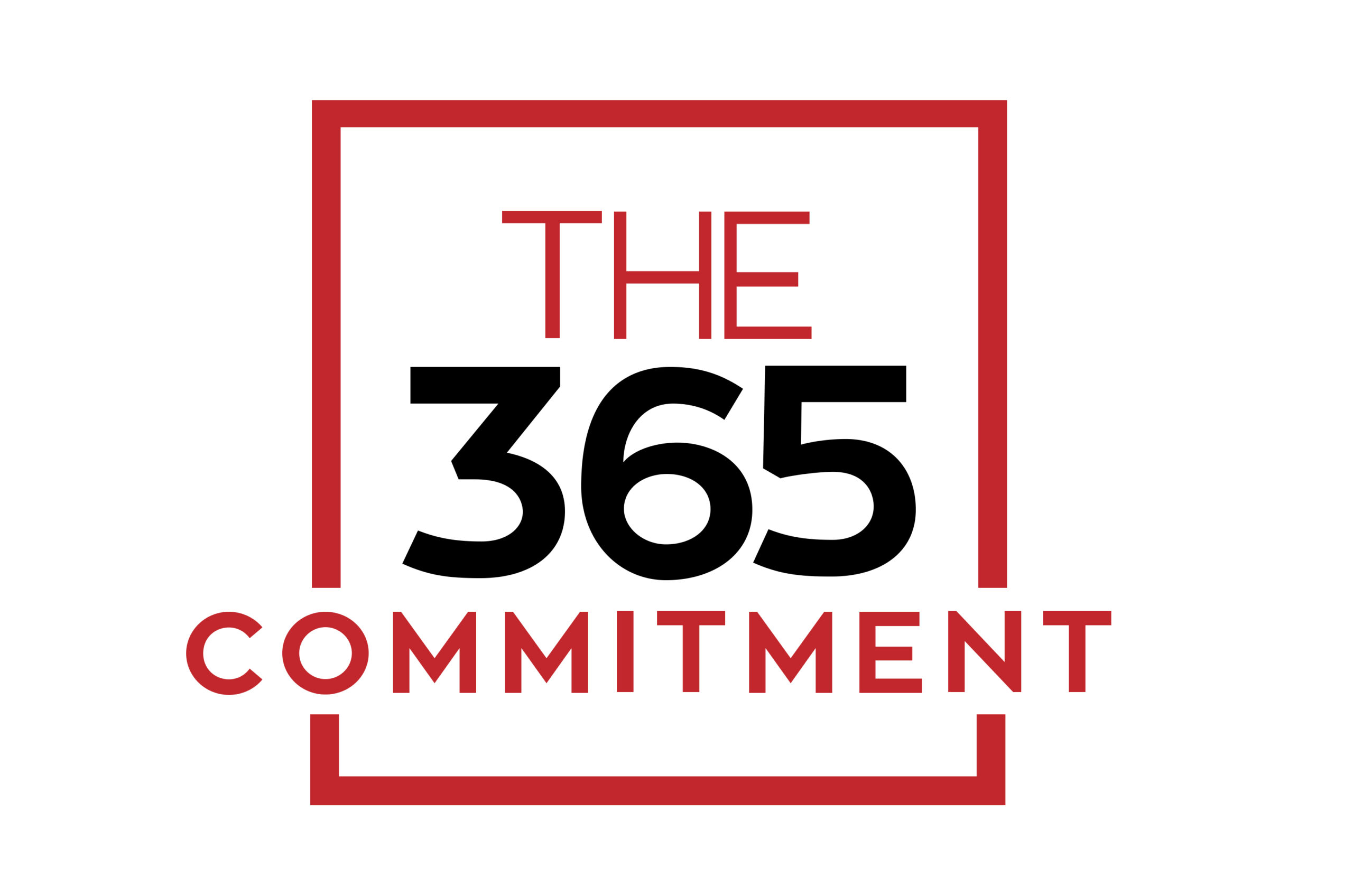There is an inherent flaw in the standard thinking that every project that is started needs to be successful. The calculation and determination of success via project resolution is flawed and, in my opinion, leads to a lack of innovation and necessary risk-taking. I am guilty of this mentality myself. I want everything I start to be successful. I am careful in planning, executing, setting up measures, and testing potential outcomes before fully committing to an idea. Consequently, I slow down my approach and increase the consequence of failure. This causes a double-down effect, where I put significant energy into trying to save a failing project.
There is a better way to think about a project success ratio. A one-to-many relationship. For every successful project, there will be several failed ones. This mentality opens up the view to start considering ways to fail faster, open feedback loops, and allow for teams to take more risks. We talk a big game about “transformation,” but do we understand the cost behind finding a transformative path? In my experience, any major successful and transformative project was preceded by many failures. I have heard people say that the magic number is seven. For any successful transformation, there were at least seven failed projects proceeding with it. If this is close to being true, then I think this requires a shift in thinking.
Now, I think many have accepted this already. I think this concept might be at the foundation of what is meant by Agile methodology, but this does not mean that people have all excepted failure as a normal course. In this 1:7 scenario, failure needs to be the norm, the common experience. Project success should, therefore, be less frequent. To increase the likelihood of success, then there would be a serious need to dramatically increase the number of projects being attempted. Additionally, there would have to be a process for quickly exiting a project. A fail fast mentality would be the only way to sustain this high of a failure rate.
If you think about it, you probably have the same failure rate; it just takes longer to realize it. When a person or a team has a 1:1 view of successful projects, then it takes longer to realize failure. To get through several projects, in order to have one transformative success, there needs to be several failures. If this is a maxim that is always true, then it would be wise to shortcut the speed at which you fail. This is counter intuitive for us because we have a fear of failure, but this is mostly a culturally learned behavior. This implies that there could be a culture that we designed to embrace a frequent and sustained failure rate so as to produce an increased likelihood of success.
In the end, we must recognize that a true culture of innovation embraces failure as a stepping stone rather than a stumbling block. The path to transformative success is rarely linear, and it is through iterative failures that breakthroughs often emerge. By shifting our mindset to value the lessons learned from each failed attempt, we empower our teams to take bolder risks and explore uncharted territory. The key is not just to fail fast, but to fail with purpose — to extract insights from each misstep and recalibrate our approach with greater clarity and conviction.
This requires a deliberate departure from traditional notions of success, where perfection is the ultimate goal. Instead, we should foster environments where failure is expected, welcomed, and even celebrated as part of the process. When failure becomes routine, innovation accelerates. The more we normalize this, the more we unlock potential pathways to meaningful, transformative outcomes. So, the next time a project doesn’t go as planned, remember: it’s not a mark of defeat, but rather another step closer to real success. Embrace it, learn from it, and keep moving forward.
